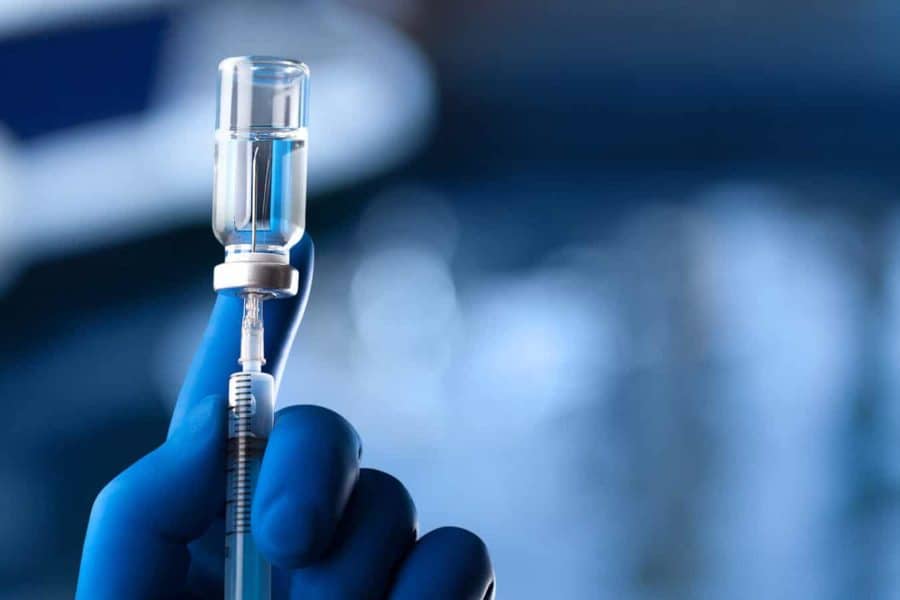After getting the COVID-19 vaccine, some people develop a low-grade fever, fatigue, headache, and/or muscle aches, while others have no symptoms at all.
According to Leslie Parent, vice dean for research and graduate studies in the Penn State College of Medicine, scientists do not fully understand why this is the case, but the differences could be due to a combination of a person’s age, genetics and past exposure to other viruses, including common-cold coronaviruses.
Parent noted that for the Pfizer and Moderna mRNA vaccines, the second dose may cause greater side effects than the first.
“That’s because the first dose primes the immune system to respond, while the second dose further stimulates the immune cells into action, which leads to some people having more side effects,” she said.
But, she added, the severity of symptoms likely do not correlate with the level of protection.
“We know that many people have only mild symptoms from the vaccine or no symptoms at all, but we also know that the vaccines are very effective in preventing infection,” said Parent. “So, whether you have a reaction to the vaccine or not, you are most likely protected from any significant effects of COVID-19.”


